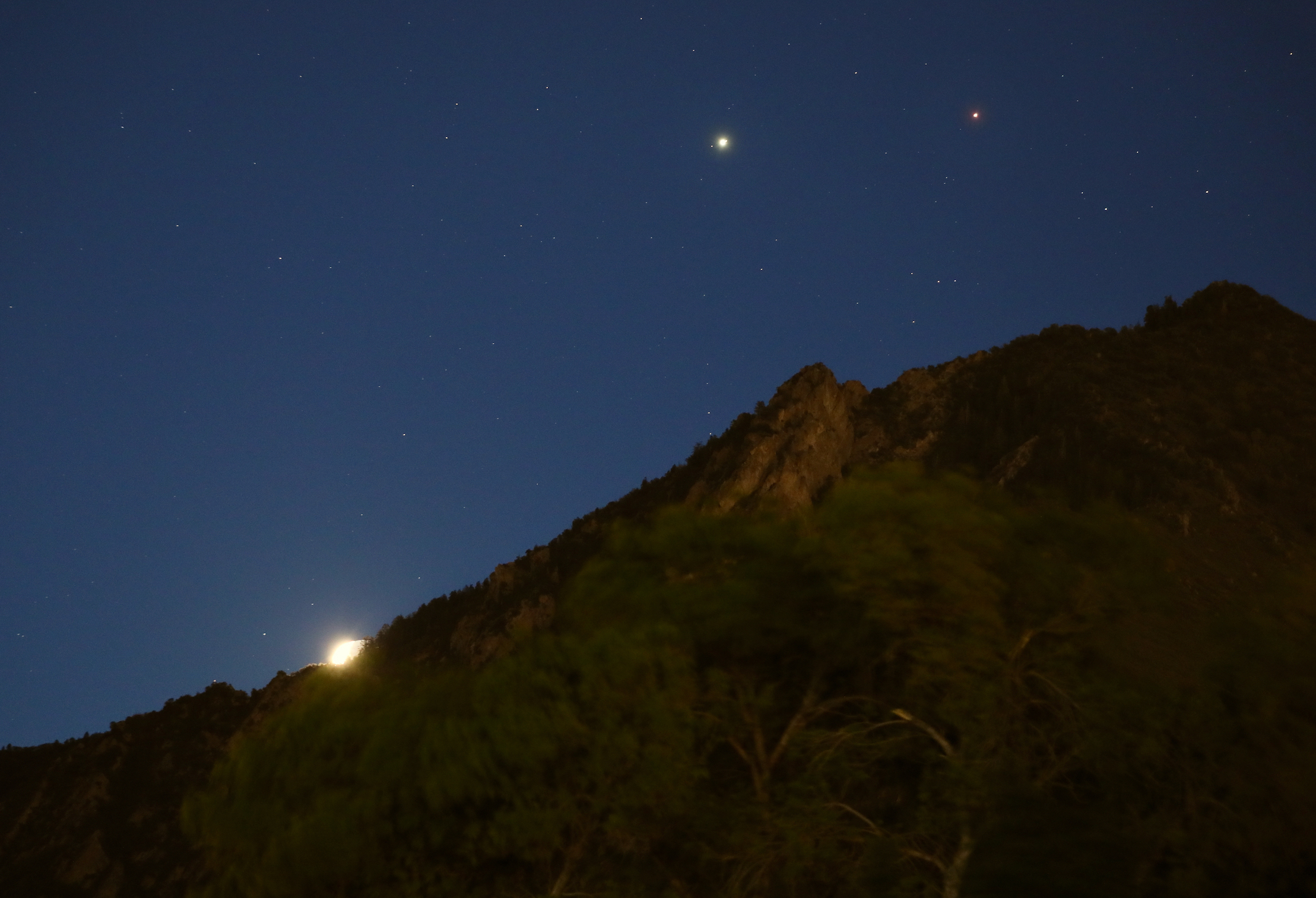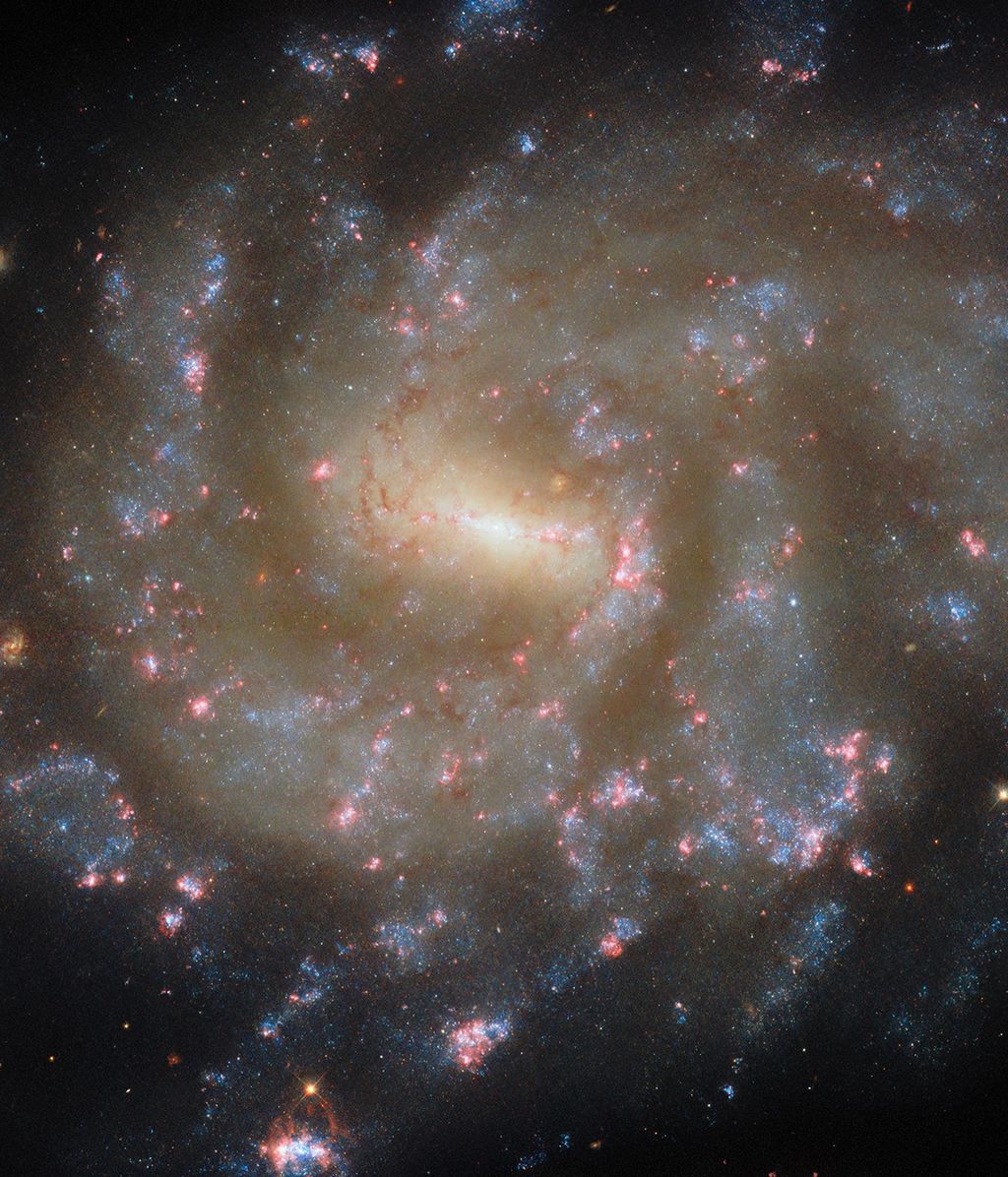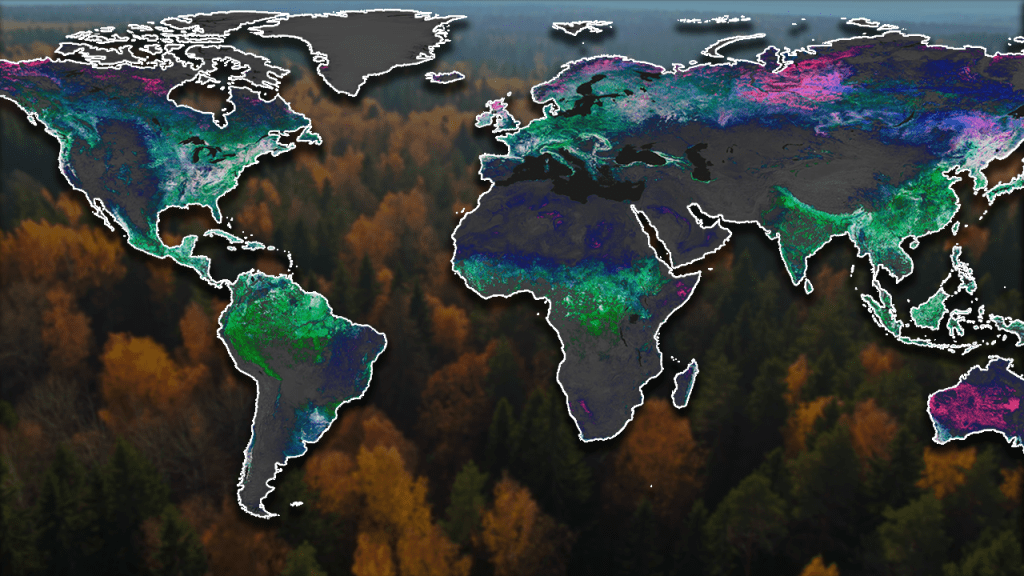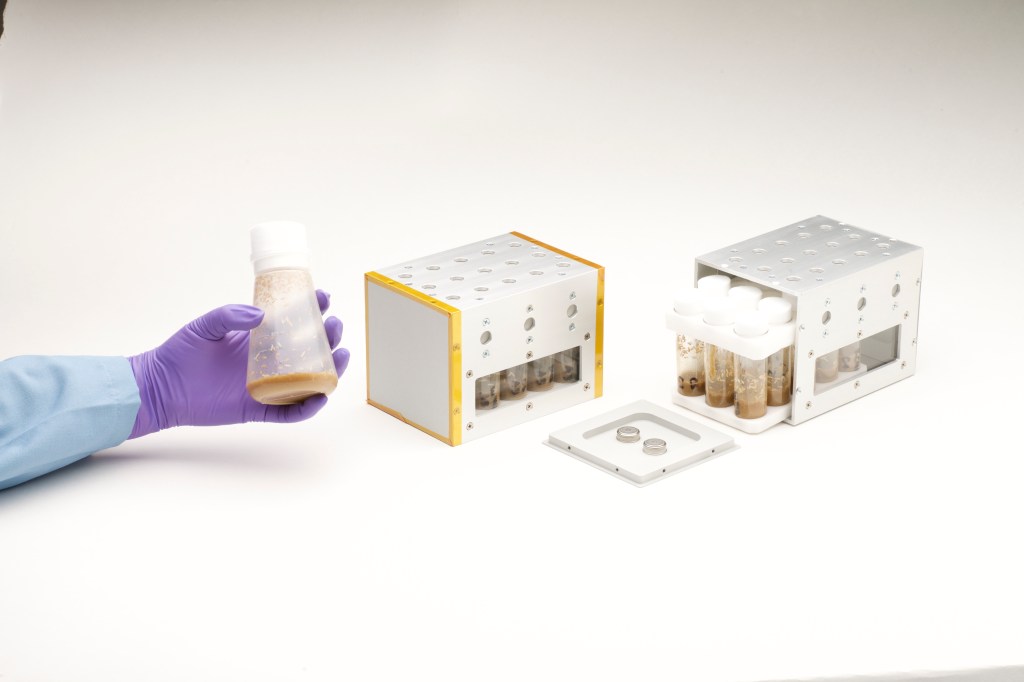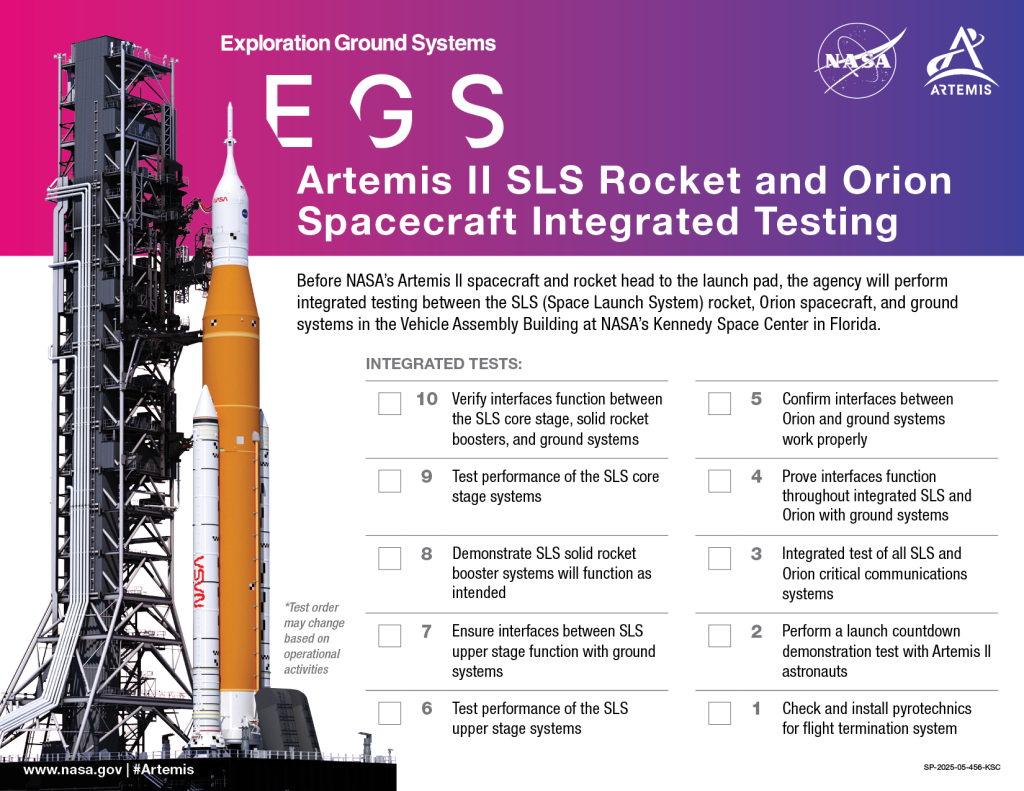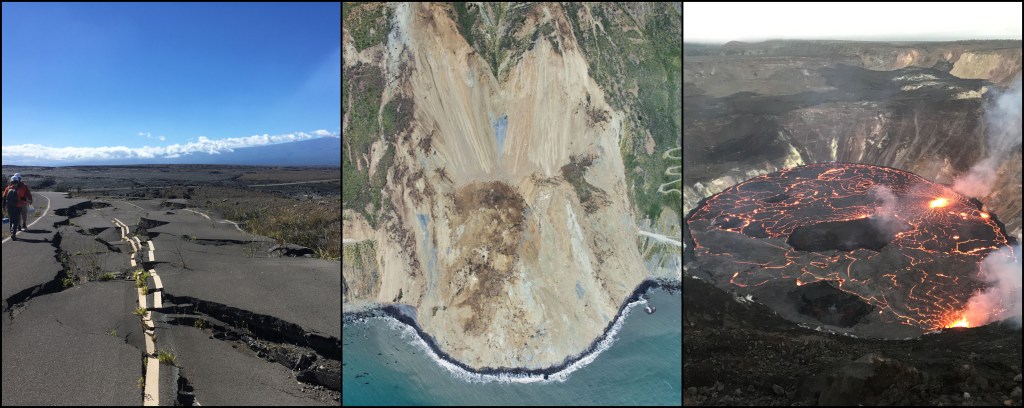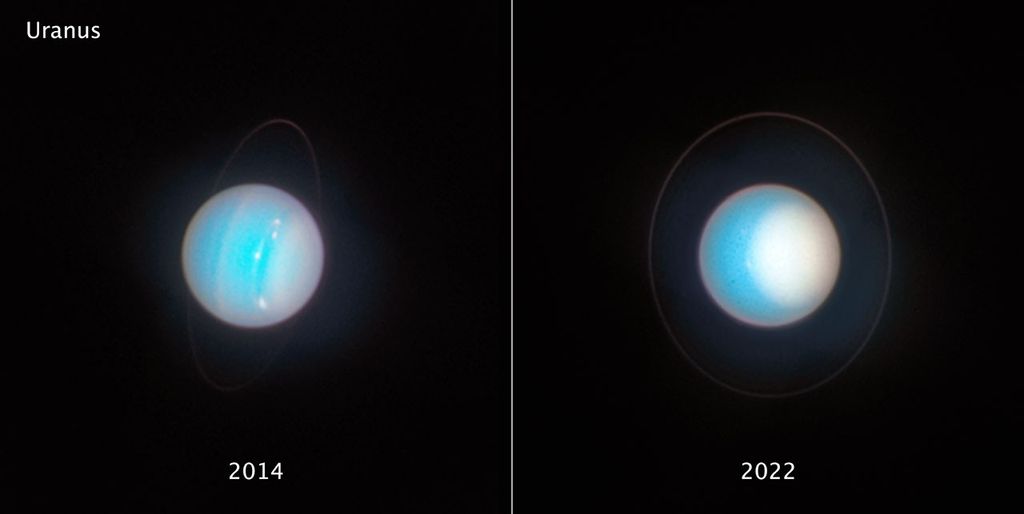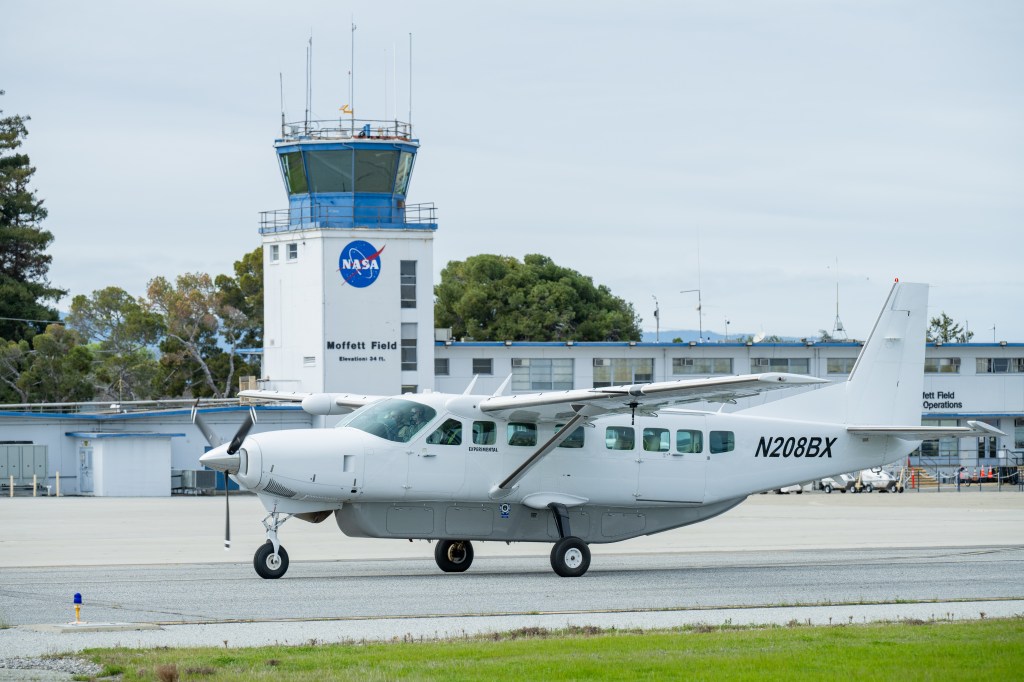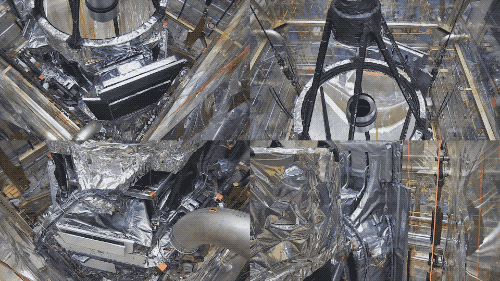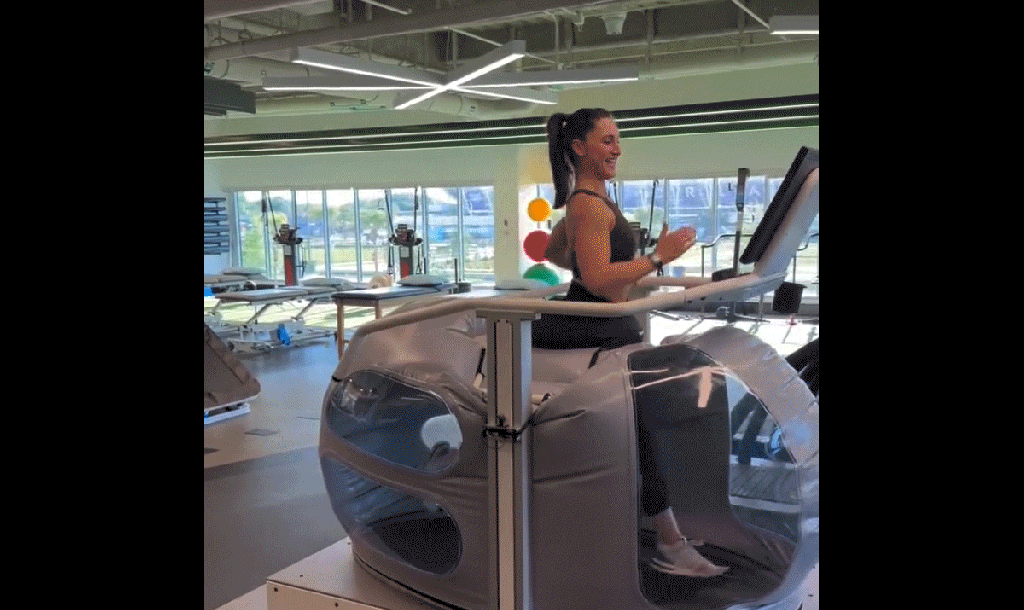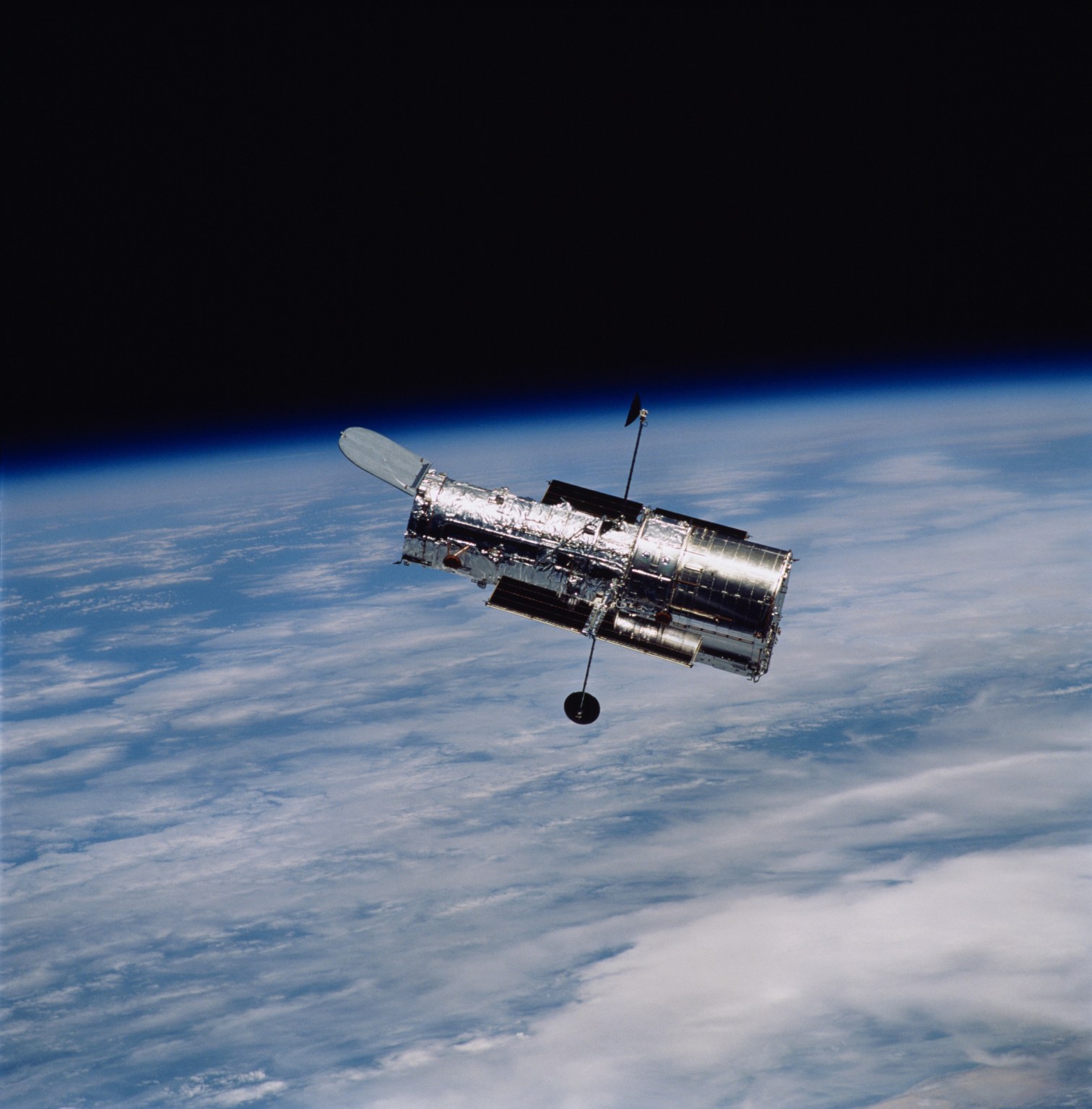1 min read
Jupiter’s Upper Atmospheric Winds in Ultraviolet Light

Top – Three impact sites appear as dark smudges lined up along Jupiter's southern hemisphere (from left to right, sites C, A, and E). This pair of images was obtained on 17 July, several hours after the E impact. These 3 impact sites appear strikingly darker in the far-ultraviolet images to the right. This is because the smoke and dust rising from the fireballs absorbs UV light more strongly than violet light, so that the clouds appear both darker and larger in the UV images. Apparently, the fireball and plume threw large amounts of material completely above the atmosphere. This material diffused back down through the atmosphere with the smaller and lighter particles suspended at high altitudes.
Bottom – Rubble's view of the same hemisphere of Jupiter 12-13 days later shows that the smoke and dust have now been spread mainly in the east/west direction by die prevailing winds at the altitude where the dark material is suspended or "floating" in the atmosphere.
HST shows that winds in Jupiter's upper atmosphere carry the high altitude smoke and dust in different directions than in the lower atmosphere. For example, the UV image shows a fainter cloud near 45 deg. south latitude, which does not appear in the violet image. The fainter cloud may be due to high altitude material which is drifting with the upper atmospheric winds to the north away from the polar regions. However, in the left-hand impact regions the clouds being observed are lower in the atmosphere where there is apparently no such northerly wind.
The violet images show the Great Red Spot, on the eastern (right) limb, one of Jupiter's moons crossing in front of the planet in the northern hemisphere (and its shadow on Jupiter's clouds on the left-hand side in the lower image), and the dark clouds above 3 of the impact sites near 45 deg. south latitude. In addition, Jupiter's polar aurora can also be seen in the far-ultraviolet images near both northern and southern poles.
The images were taken with the Wide Field Planetary Camera 2.
- Object NameObject NameA name or catalog number that astronomers use to identify an astronomical object.Jupiter, Comet P/Shoemaker-Levy 9
- Release DateSeptember 29, 1994
- Science ReleaseJupiter’s Upper Atmospheric Winds Revealed in Ultraviolet Images by Hubble Telescope
- CreditJ.T. Clarke, G.E. Ballester (University of Michigan), and J.T. Trauger (Jet Propulsion Laboratory), and NASA
Share
Details
Claire Andreoli
NASA’s Goddard Space Flight Center
Greenbelt, Maryland
claire.andreoli@nasa.gov



